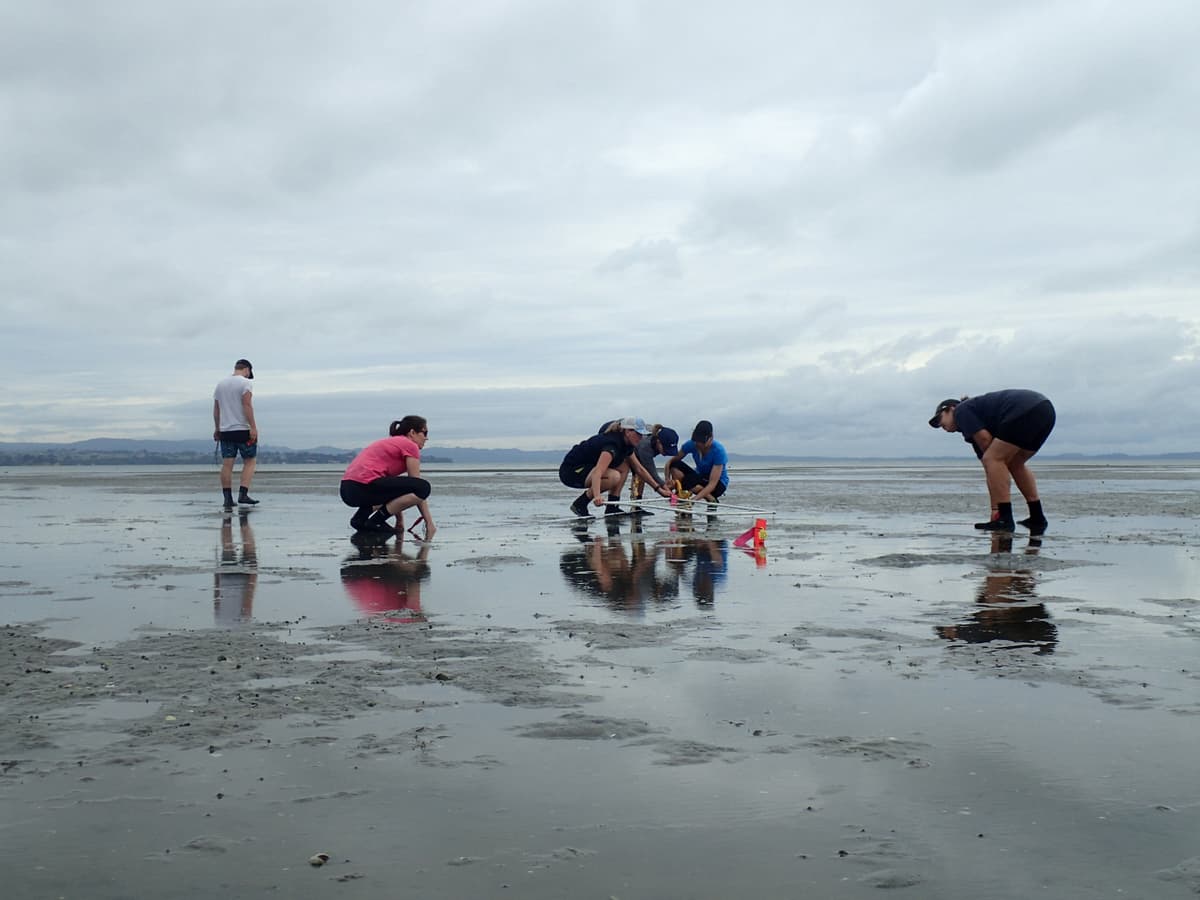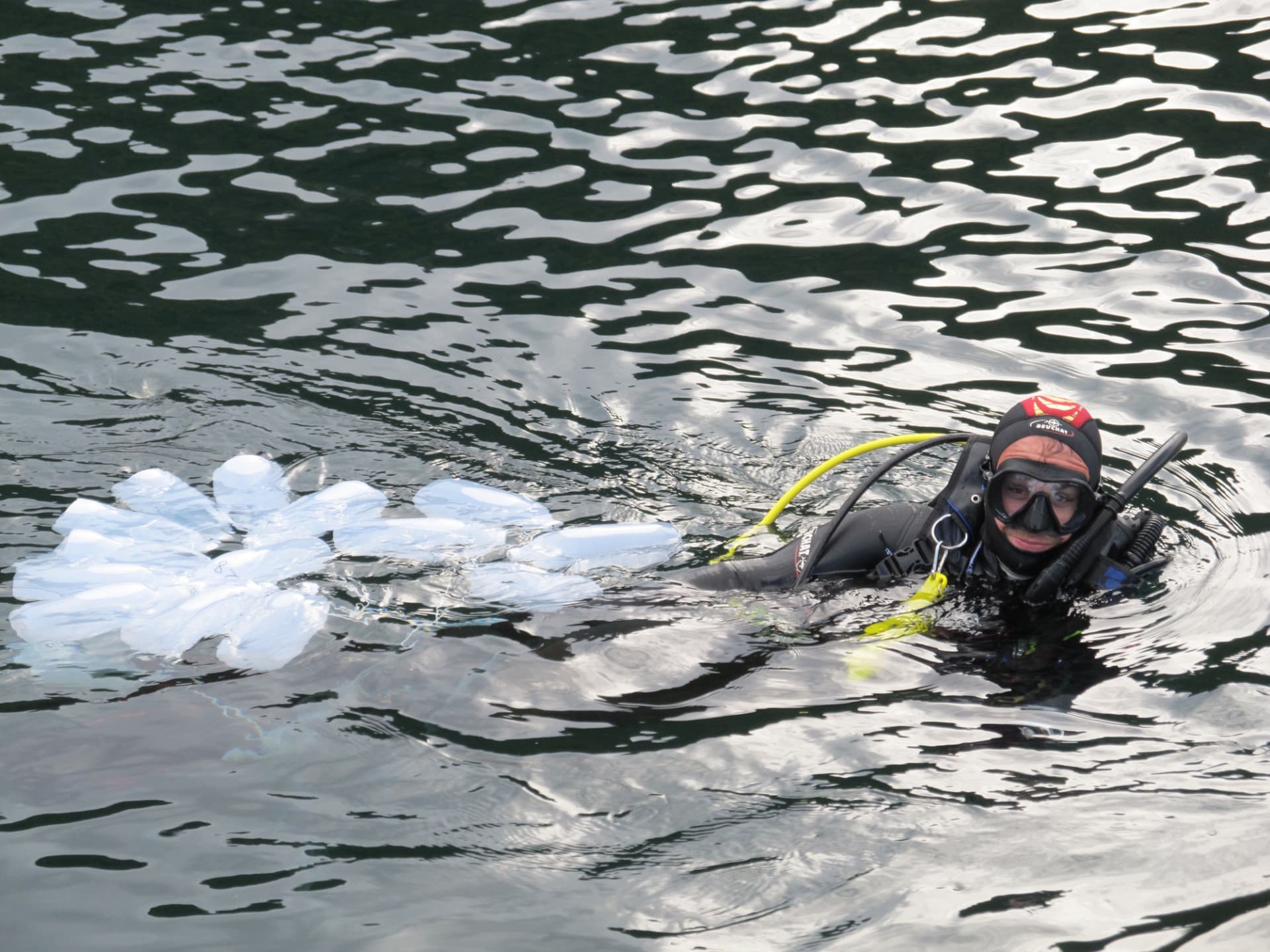Related projects & activities


We have developed an innovative way to detect species in the sea using environmental DNA (eDNA) extracted from water samples.
| Project Leader | Duration | Budget |
|---|---|---|
| Michael Knapp (University of Otago) | October 2016 – August 2019 | $300,000 |
Measuring whether species are present in a region is important for developing efficient, ecosystem-based management of marine resources. Current methods to measure biodiversity are costly, labour-intensive, and rely on indicator species or sites. Consequently, they don’t always capture the complexity of marine ecosystems and their usefulness is limited.
We have established and tested an innovative, high-throughput and cost-efficient way to quantify marine biodiversity using eDNA extracted from marine water samples. Our results show the power of this new tool. We were able to identify more groups of organisms than traditional monitoring methods at the same sites, and our data is highly habitat-specific.
Our study highlights the limitations of both traditional and eDNA monitoring. Traditional surveys are more likely to miss cryptic or rare organisms while eDNA data relies on genetic data available in reference databases. At this stage, we recommend the best way to measure marine biodiversity is to combine traditional and eDNA monitoring approaches.
To make our monitoring system user-friendly, we have established a process where the eDNA sequence data is translated into a list of the types of organisms present in a given seawater sample.
Our new approach significantly reduces the cost of marine biomonitoring. It may be of interest to a range of users.
This project has produced or contributed to:
